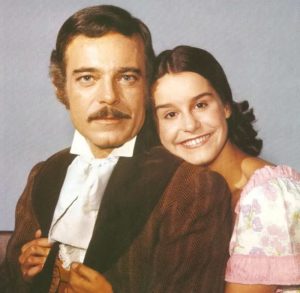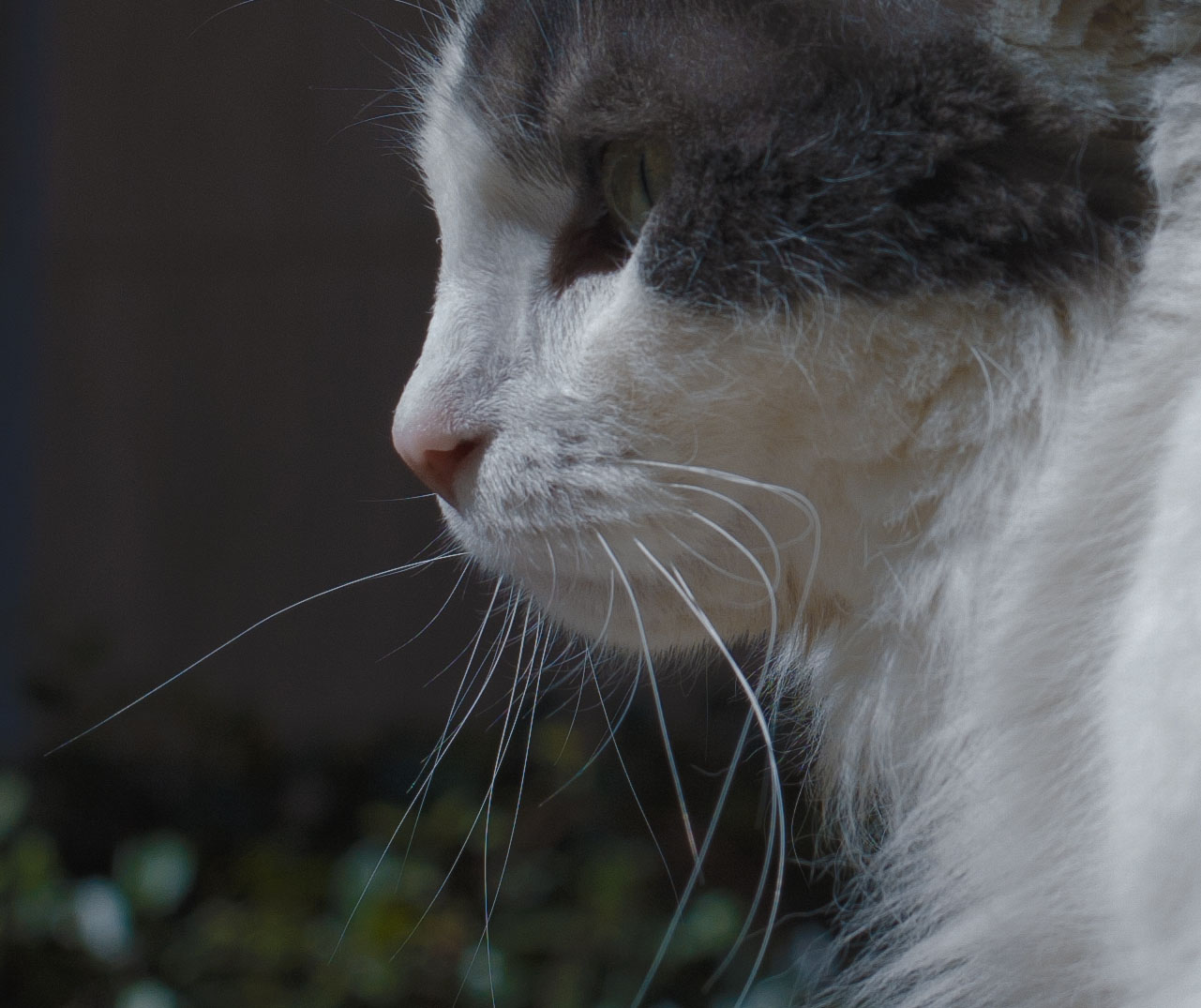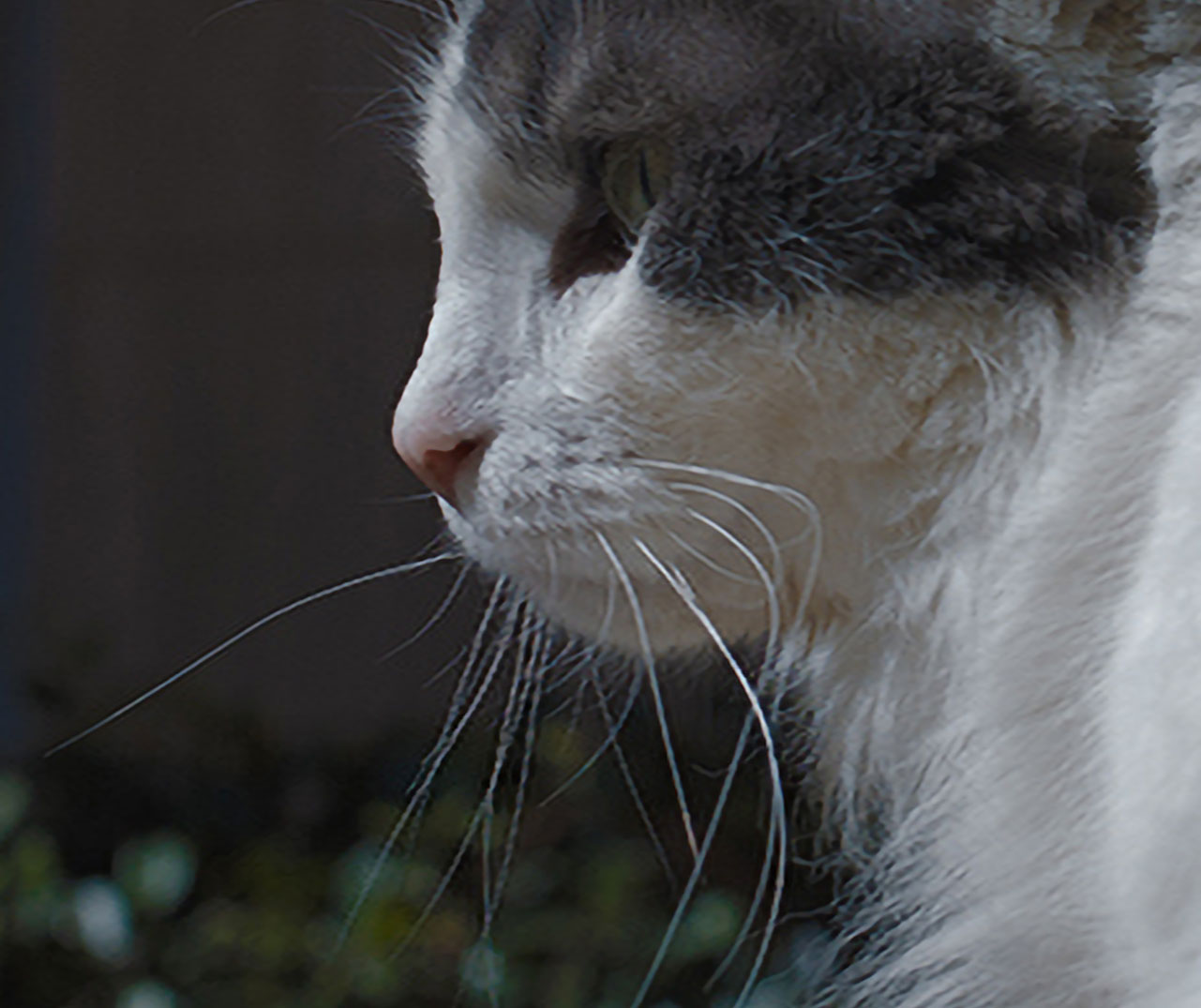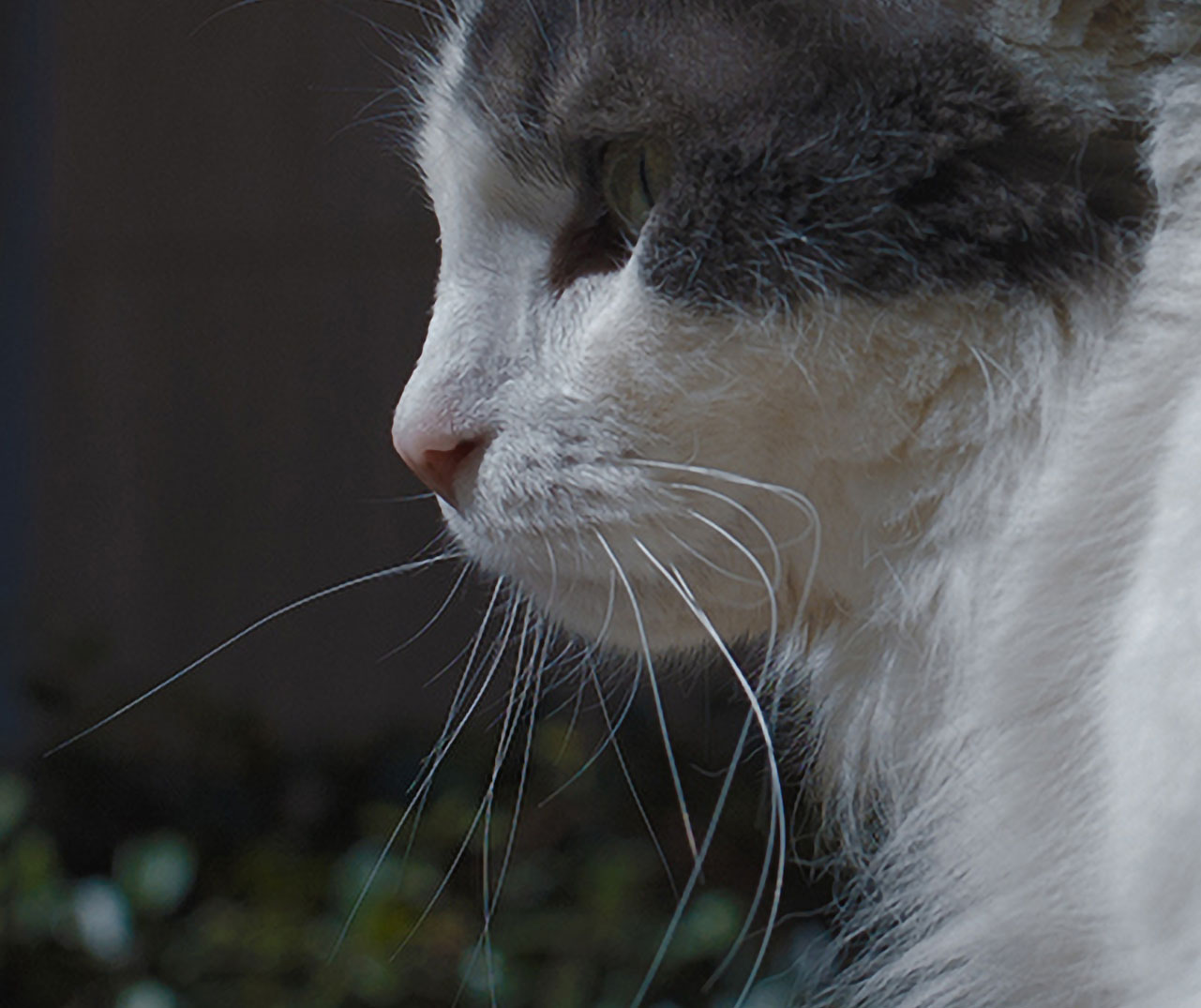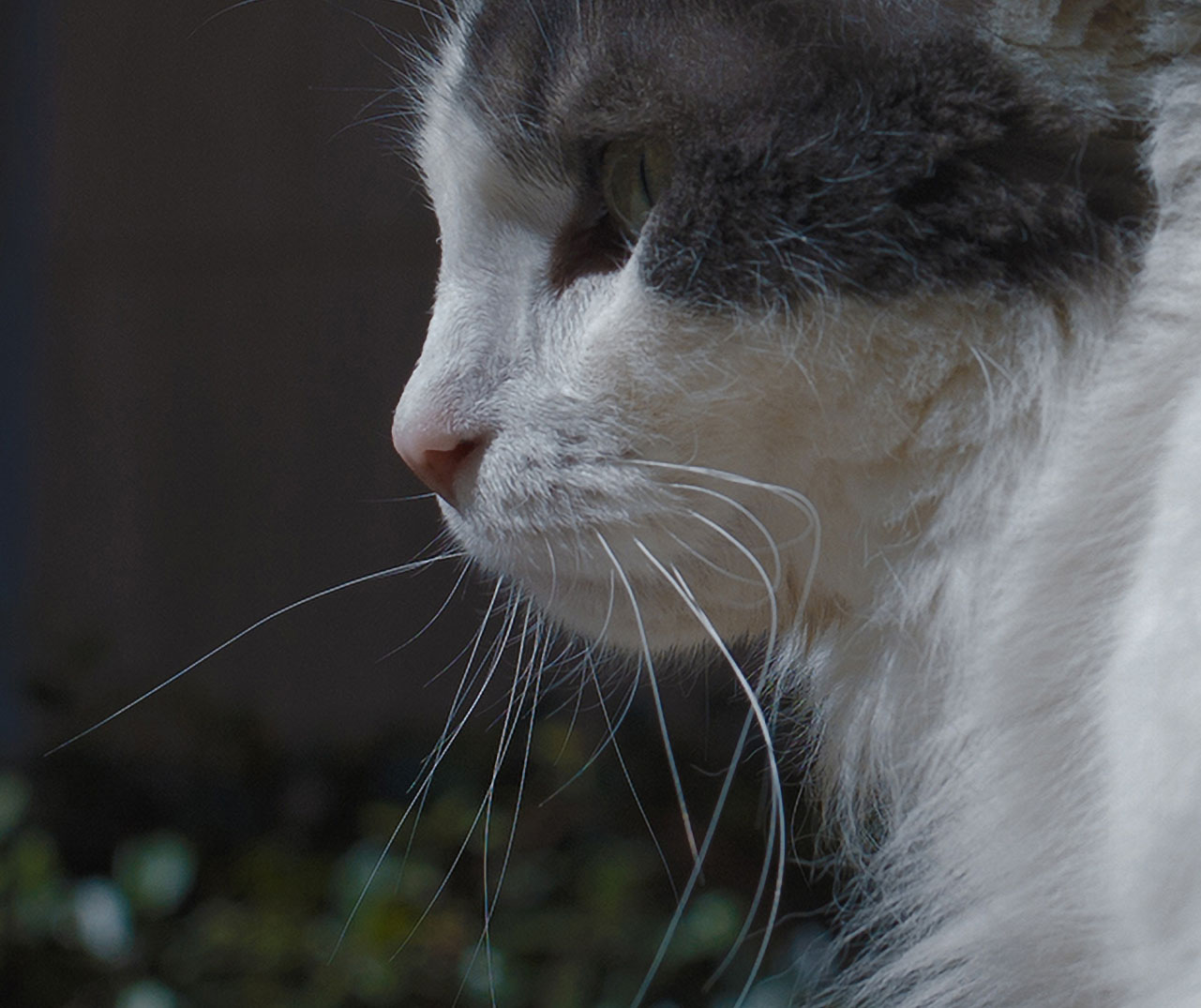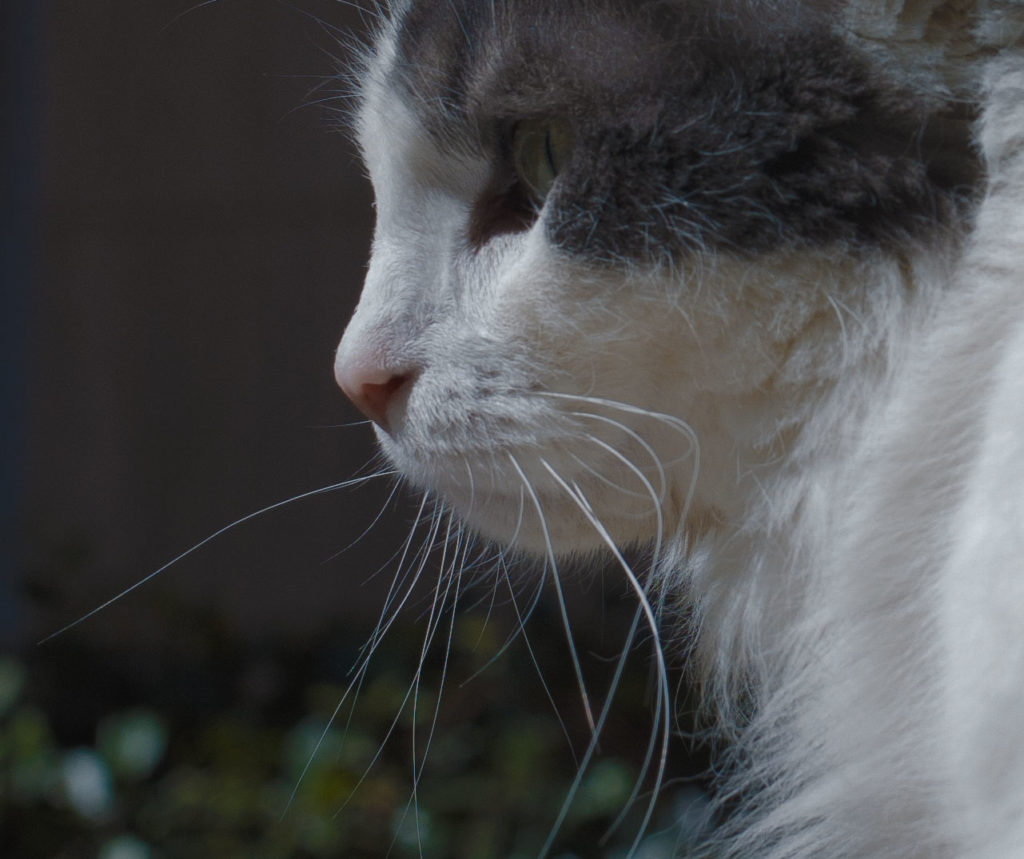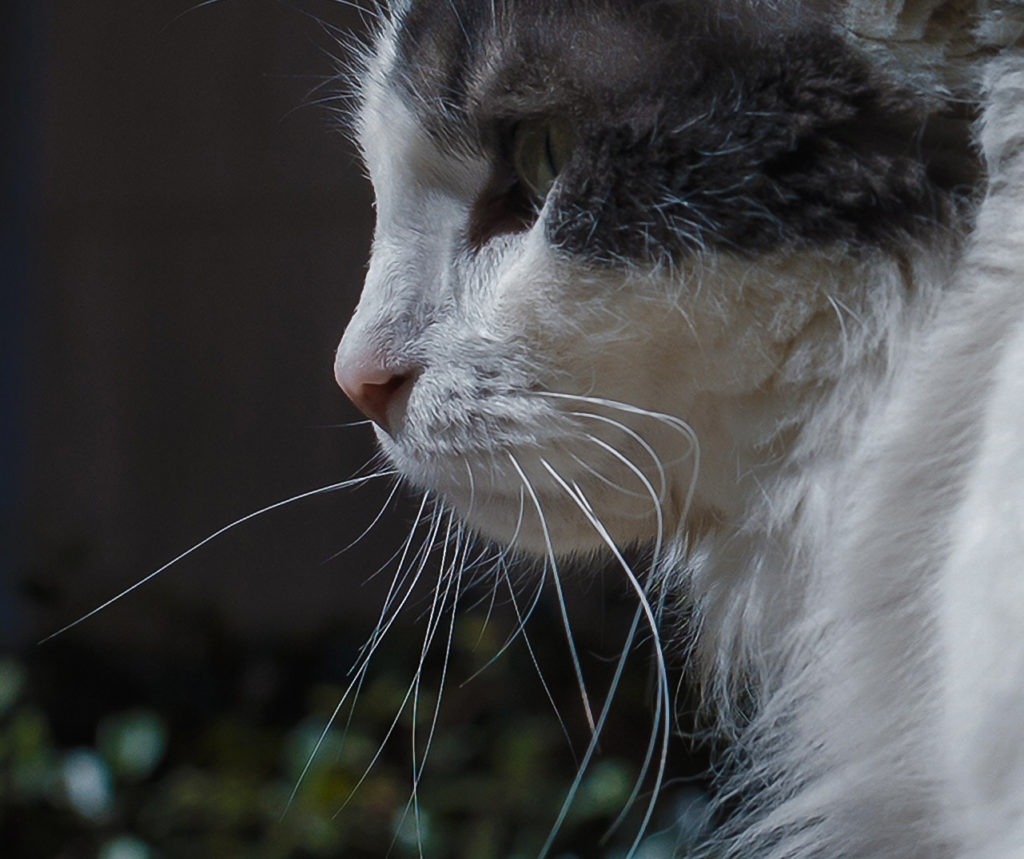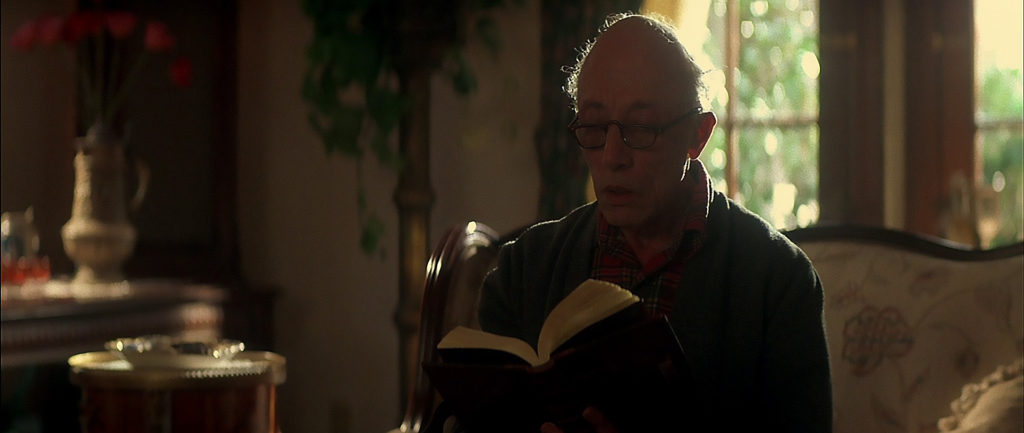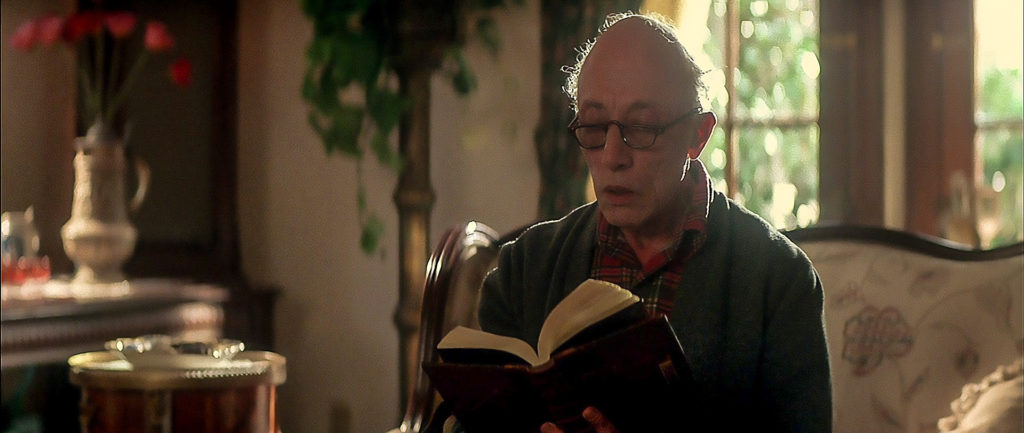A little paraphrasing a phrase said by a person in Cannes, that the digitization of the films would be able to turn Barry Lyndon into a telenovelas, a little because today among the industry people it is said that a certain image is “from telenovelas” I decided to write two lines about a modern drama in seeing a movie with a television : Reworking images.
Thanks to the advent of the theoretical high definition home, I speak of theory because many television channels broadcast on the channels hd movies from masters in standard definition, or just occasionally broadcast in hd something, houses all over the world have been filled with bright and very contrasted televisions to watch news and occasionally even a movie.
The joke is not causal because all modern TVs, even and especially if they have a higher definition like 4k are thought mainly to reproduce material in very poor definition, and as such to be reworked because otherwise “people would be disgruntled of the TV”, I read last week of a person who complained about the lack of definition of a 4k TV in seeing matches , not on dedicated channels in hd, but on the simple rai SD, and the complaint kept saying that being the 4k TV everything had to be better… and that would change it soon with the x-mark that makes them see better…
it’s for these kind of people representing the average audience that we have to sip horrible images when we go to see quality images.
The explanation is very simple: by calibrating televisions for images that are perhaps a quarter of the definition (fhd transmission) or even a sixteenth of the definition of 4k, the pixels must be inflated, and therefore as such you would see blurry or bad quality images, so they need to be reworked to look better. The concept would be fine if the manipulation were progressive and dosed on the source, that is, if we provide the TV with images of higher resolutions or suitable for the TV matrix these algorithms should disable, instead they work anyway by altering image, color, contrast, and even the perceived movement of images unfortunately not all reprocessing algorithms are editable or disabled, even each manufacturer hides behind different names the different functions and some prevent the disabling HDMI, so even getting a great 4k signal from netflix, I have to use a device with external input to prevent it from being manipulated by the TV by ruining it.
Now let’s see in practice what happens and how the images are altered.
Here we see the most common situation, a native image 4k vs the equivalent broadcast in SD, as most channels broadcast today in 2018, if you do not believe me go into the channel info on your TV and watch the stream to what definition is sent.
I remember that a classic UHD image is made of 3840 x 2160 pixels, the FHD from 1920×1080 pixels (exactly half horizontal and vertical, then a quarter), the HD format is 1280 x 720 pixels, and finally the SD is only 720×576 rectangular pixels, because it is in a more square format and therefore to achieve scaling on modern matrices as well as scale is distorted in the horizontal.
As you can see the difference between UHD (4ktv) and the Standard format seen at 100% is remarkable, because we have a difference of sixteen times of the visible information, so enlarging the SD signal clearly shows the difference.
Since details cannot be invented, in these situations nothing can be done, except chewing images with various algorithms to pretend that there is contrast where it does not exist, but with images with fine details like these, the problem of quality scarcity remains.
If, on the other hand, we go to work with a little more resolution, that is, with the HD format, already the jump is not so disturbing, and they could leave the images to their nature.
If we could always see images in FHD on FHD or 4k TVs, scaling becomes smaller and therefore less noticeable, even if present.
The element that deceives us is the fact that each signal is processed in multiple ways and the same image receives multiple treatments, from the so-called clarity that pushes lights and shadows in two extremes, to contrast masks to make more defined details that can not be defined because too coarse, or even if the detail is present correctly, makes it artificial because it applies the mask linearly on the whole image.
so in reality we wouldn’t see an image where there are few differences between fhd and 4k, but we would see a reworked image of the FHD creating artificially flaws and artifacts where they are not needed.
When we see a telenovelas it is normal a certain flatness of light because to save time and not risk differences between one camera and the other makes the lighting much flatter and uniform, since you turn with cameras the fear of not having sharp images leads to raise parameters of artificial sharpness in the room, in addition the sensors of the study rooms are such that you do not have large nuances and differences between the different colors of the set and the different incarnates. Basically exactly the opposite of what you do with movies to give the cinematic look.
Let’s take an image from the bluray of MonsterSquad, a classic 80s teen movie to which series like Stranger Things have everything, let’s put it on a regular TV, the result at best will be like what you see below, that is a telenoveled version of the original image, with applied the clarity technique to give more local contrast to the image, a contrast mask to define all the details of the image , completely ruining the atmosphere of the image, flattening the image where the cinematographer had decided separating the two floors with light and shade. It is very obvious if you look at how the elements come out of the shadows behind the actor, distracting and compressing the space around it.
Of course, there can be a strong noise reduction because there will certainly be noise between compression and transmission that absolutely cannot be accepted, too bad that the grain and structure of the film is often eliminated in this way, as well as eliminating the fine detail.
The artificial detail given by the contrast mask excessively enhances the hair of the elderly protagonist, but also accentuates the out-of-fire details to his right, because unfortunately the algorithm is applied flat and evenly to each part of the image, while in reality if we have a sharp part (in focus) and a soft (out of the fire) the natural clarity is dosed and distributed increasing the feeling of depth of the images.
These techniques could help a weak image, but if applied to a good image make it much more televisiony and flat, ruining the work of a good cinematographer, and not only. In addition, a frame by frame, area by area with masks, should be dosed in order to make a real contribution to the image, instead on any television they apply these effects flatly on the whole image ruining in several places the rendering of the photograph.
The good Stu of ProLost, expert in vfx, color and images made a great post about how not only spoil the images at the level of color and contrast, but also rework the movement and perception of it, creating artificially superfluous frames, which become necessary because the originals having been too contrasted have lost their original blurring of movement and have become snapped… In short, a snake biting its tail…
 We close the speech with a couple of advertising images that make us understand how the ugly vice of manipulating images is not a modern derivation, but for many years we have the problem of being able to see what the cinematographers originally thought, only that once on the tubes with the analog image the reworkings were limited, today unfortunately you can massacre every image beyond all limits of decency.
We close the speech with a couple of advertising images that make us understand how the ugly vice of manipulating images is not a modern derivation, but for many years we have the problem of being able to see what the cinematographers originally thought, only that once on the tubes with the analog image the reworkings were limited, today unfortunately you can massacre every image beyond all limits of decency.
https://youtu.be/kBTnOmIXnp4
however in my post on the image formats you can find some reference on how once the video proportions were also cut and wildly cut the shots to fit first at 4:3 then backwards to adapt to the 16:9 footage shot with aspect ratio closer to 3:2 (super16mm).
Instead for those who are doubtful, I made time make a post between film and digital, the actual differences in shooting and rendering of the two media, I challenge many people to distinguish at the cinema what sequences are shot in film, such as digital and then printed on film, etc… most people don’t realize how movies contain a broad blend of different media, analog, digital etc.
I’m sure if Kubrick was still alive, not only would he have embraced digital, but he would have been so stubborn that he would have created a system for him to check digital projectors and televisions to properly show the images of his films, which is technically feasible for years, but that apparently does not seem to interest anyone, and this is not my elucubration , but at the premieres of many of his films he worried that the screening was on an excellent quality level to enhance the work he did, so if he did it for the film, he would do it for digital as well.
Side note: The slave Isaura, the first official telenovelas in TV history was shot in film, so ironically little telenovelas as a visual style.

